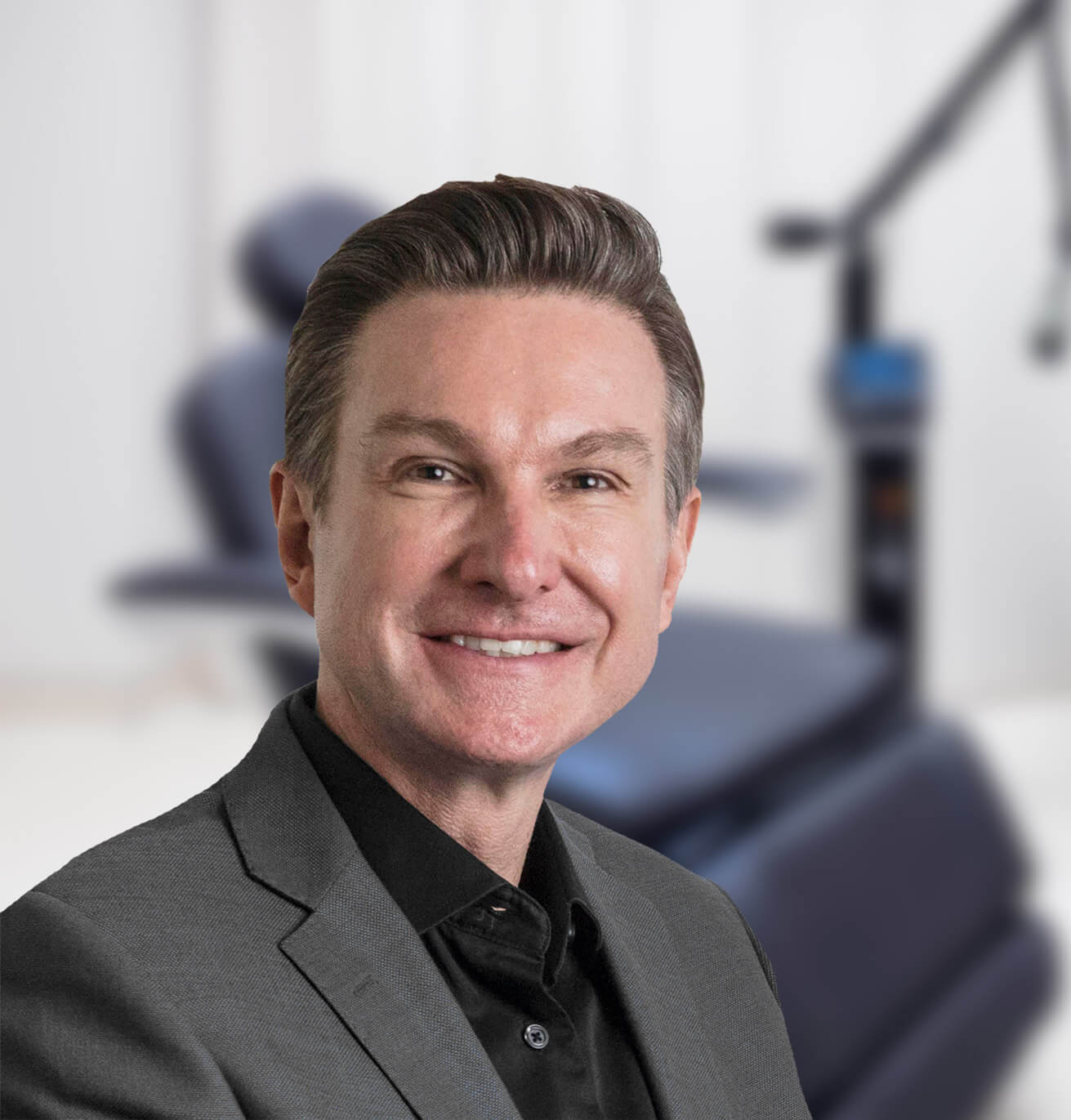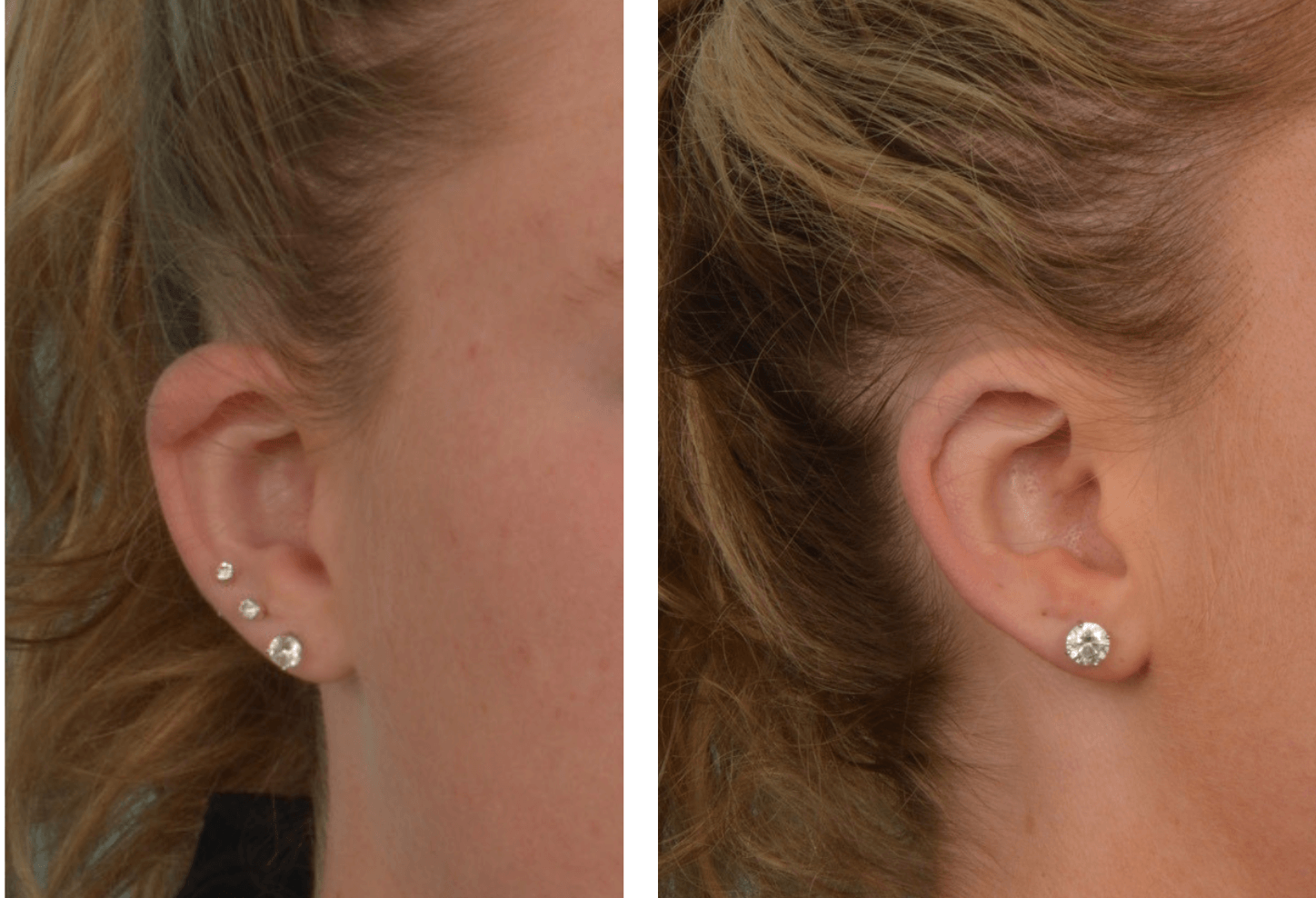MobleyMD is recognized internationally as one of the top Facial Plastic Surgery practices in the US.






What are Lop/Cup/Constricted ears?
Some people are born with a very specific type of cosmetic, ear deformity where the upper third of the ear is folded downward. This condition has different names, but is often referred to as a “lop ear”, “constricted ear” or “cup ear” deformity. Over a 20+ year career Dr. Mobley has invented a variety of proprietary surgical techniques that can correct this condition.
Simple cases can often be corrected with suture adjusting and custom splinting of the ear. More complex cases can require taking cartilage from the opposite ear to rebuild the affected lop ear. And the most complex cases can involve the use of taking small strips of cartilage from your ribs area. To see which procedure is right for you start today by scheduling a consultation.
Place your child in expert hands.
Dr. Steven Mobley performs more otoplasty surgeries for children than any other Facial Plastic Surgeon in the Mountain West.


More than just surgery.
At a young age, children are especially prone to bullying when the shape, size or orientation of their ears differ from their peers. Dr. Mobley grew up through adolescence with larger ears himself and had his otoplasty surgery during his early college (pre-med) years. Dr. Mobley has a special place in his heart for children who are suffering through the unfair disadvantages of looking unnecessarily “different” from other kids. When it comes to the most defining features of your face, it’s more than just surgery — it’s life changing confidence.
Dr. Mobley is in the top 1% of surgeons nationally who perform otoplasty. A portion of every otoplasty surgery goes to fund The Mobley Foundation which is a 501(C)3 charity whose sole purpose is to provide otoplasty surgery to children whose parents are desirous of the surgery but are lower income and could not otherwise afford the operation.
The MobleyMD Foundation
2024 Giving Stats
DOLLARS DONATED TO
CHARITIES ACROSS UTAH
FREE SURGERIES AND TREATMENTS
FOR CHILDREN OF LOW-INCOME FAMILIES
FREE TREATMENTS TO WOMEN AFFECTED BY
DOMESTIC VIOLENCE
Explore real patient stories expemplifying Dr. Mobley’s expertise in otoplasty.
Pre-Op
Post-Op
Featured Case
Rebbecca S.
Rebbecca, a lively girl, faced a lop ear challenge. Dr. Mobley's skillful correction brought joy and confidence, transforming her smile and changing her life forever.
Pre-Op
Post-Op
Featured Case
Ethan P.
Ethan's protrunding ears impacted his confidence. Dr. Mobley's otoplasty brought remarkable results, unveiling a radiant smile that reflected newfound assurance and transformed Ethan's life positively.

Dr. Mobley is in the top 1% of all otoplasty surgeons across the US.
With a lifetime of expertise in otoplasty, Dr. Steven Mobley performs more cosmetic ear surgeries than almost any other surgeon in the United States.
RELATED PROCEDURES
You may also be interested in reading about:
No other surgeon in America
has published as many articles and performed (annually) as many otoplasties as Dr. Mobley.
Trust the surgeon that has dedicated a lifetime to otoplasty and complex facial plastic surgery.





Our team is standing by to make your child’s surgical experience safe & enjoyable.
Surgery can be intimidating at any age. At MobleyMD, parents can rest assured that their children are in excellent hands with Dr. Mobley and his staff, all expertly trained for the safe and compassionate care of pediatric patients.
Lop/Cup/Constricted Ear Frequently Asked Questions
Lop ears go by different names- sometimes called “constricted” or “cup” ear are all the same terms referring to an ear that has an irregular shape in the upper one-third to upper one-half of the ear. Most all of these mis-shapen ears are present at birth and persist into adulthood if not treated. The top part of the ear is referred to as the helical rim and patients with lop/cup/ constricted ears have a wrinkled, rolled, or folded appearance to the helical rim. In all types of constricted ear, the upper helical rim is folded over to some degree, which is why the condition is often called lop ear.
The exact cause of constricted ear is unknown and may or may not involve genetic factors. One important factor to be aware of is that lop ears are the result of some part of classic normal ear anatomy is missing (and thus must be restored surgically). The missing tissue is often a deficiency in either cartilage or skin, resulting in the helical rim not having a normal shape. Constricted/ lop/ cup ears are not simply a misshapen ear, but rather the ear is missing portions of skin and/or cartilage. The good news for you is that Dr. Mobley has evolved and created many unique procedures that can restore what is missing and thus restore a more normal shape to your ear.
Non-surgical treatment for constricted ear, lop ear, and cup ear is available but must be sought very early- usually within just a few weeks of the child’s birth. Various systems have existed thru the years for non-surgical correction. At the time of this FAQ writing patients may search for the “EarWell” system to learn more. Dr. Mobley does not endorse this product per se, but the information is here for you to pursue your own education if you are reading this within the first week or 2 of your child’s birth with lop/constricted/ or cup ears.
Remembering that lop-ear is almost always the result of some missing tissue, ear reconstruction is often the preferred method to restore a normal appearance to the ear. Patients can view a spectrum of surgical options (simple, average, complex) to restore a more normal-looking ear based on how much normal tissue is missing. In the simple cases- Dr. Mobley can reshape the affected ear with suture (stitches) to give the ear more normal shape. Often this is done as 1 surgery but sometimes needs to be 2 surgeries done approximately 2 months apart.
As in other areas of critical nose and facial reconstruction, Dr. Mobley has pioneered many of his own proprietary techniques. For lop ear correction, he will often make a custom splint design specifically for your ear to help it have a more long lasting normal shape for the rest of your life. The splint is only temporary and is usually in place for 7 to 14 days while your ear is healing after your surgical lop ear repair.
proprietary techniques. For lop ear correction, he will often make a custom splint design specifically for your ear to help it have a more long lasting normal shape for the rest of your life. The splint is only temporary and is usually in place for 7 to 14 days while your ear is healing after your surgical lop ear repair.
In average complexity cases, Dr. Mobley will often reshape the affected ear by taking small amounts of cartilage or skin from the opposite ear. Lay people may call this “robbing Peter to pay Paul” and it is a common reconstructive method that Dr. Mobley has developed thru his 20+ years as one of America’s busiest otoplasty surgeons to restore a normal shape to a lop ear.
In complex cases cartilage from the ribs may be needed. While lay-people may not think about it, the human ribs provide nearly unlimited amounts of cartilage when reconstruction of the ear is the goal. Often small strips of cartilage can be taken the rib and that cartilage can be made to mimic the shape of a more normal-looking helical rim.
Recovery from lop ear correction will vary based on what type of reconstruction was performed. In most cases the entire head will be wrapped in soft sterile surgical gauze, a dressing we refer to as the “Mummy wrap”. The center face is open and the gauze wraps around the rest of the head and both ears. The mummy wrap stays on for 2-3 days. After the mummy wrap is removed a soft comfortable elastic strap is worn around the ears. The strap can be removed to go to work or school, but we do encourage wearing the strap 24/7 until one-week post-op. It is not uncommon to have a custom formed plastic splint sewn to the ear. These custom splints are just one example of the many proprietary techniques Dr. Mobley has evolved thru his extensive career to evolve surgical options available to his patients. The custom-shaped splints stay attached to the ear for 7-10 days on average. They do not cause pain but are visually noticeable. If non-dissolvable stitches were used, they are often removed on post-op day 7.
Most patients are back to fitness and exercise by post-op day 10-14. The recommendation as to when to participate in contact sports varies based on the techniques used. Generally speaking, caution for direct forceful contact to the ear should be the goal for 2-6 months following surgery. Dr. Mobley will go over the specifics of your recovery and explain when you/ your child can get back to a more normal physical fitness routine.
Otoplasty, as with any other type of major surgery, has risks, including the risk of bleeding, infection and an adverse reaction to anesthesia. Fortunately, all of these risks are quite rare. Visible scarring is possible, but most incisions are hidden on the back of the ear where they are hard to see. Asymmetry will likely always be present. It is unlikely that both ears will be mirror images, but after otoplasty surgery the lop ear will resemble a much more normal looking ear. You can look at Dr. Mobley’s before and afters to get realistic ideas of how the ears will look following successful lop ear correction.
Problems with stitches. Stitches used to secure the ear's new shape might work their way to the surface of the skin and need to be removed. This can cause inflammation of the affected skin. As a result, you might need additional surgery.
According to national statistics, the average number of otoplasties performed by most surgeons in America is around 5-6 per year. In a typical year it is not uncommon for Dr. Mobley to perform closer to 30 otoplasties per year. This volume, along with his national reputation, and his multiple publications, places Dr. Mobley in the top 1% of otoplasty surgeons in America. Over the past 20+ years Dr. Mobley has developed many of his own proprietary procedures to correct lop ears. As a patient of Dr. Mobley you will also have the opportunity to have your surgery performed at Millcreek Surgical center. Millcreek Surgery is the exclusive center for patients of Dr. Mobley and is staffed by Dr. Mobley’s curated surgical team who take care of facial plastic surgery patients year-round. This provides a top quality, boutique and personalized experience for you or your child with an unwavering commitment to safety and quality.
Unfortunately in our modern healthcare environment it is very very uncommon for an insurance company to cover lop ears. Since technically lop ears still tend to have normal hearing etc. insurance companies do not view this as a functional problem. Most insurances will view lop ears as a cosmetic problem. Our patient coordinators will always work with you and your child to come up with a plan that fits your surgical goals within a reasonable budget








